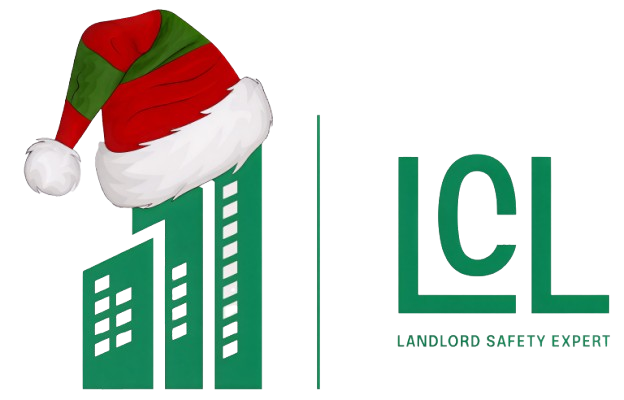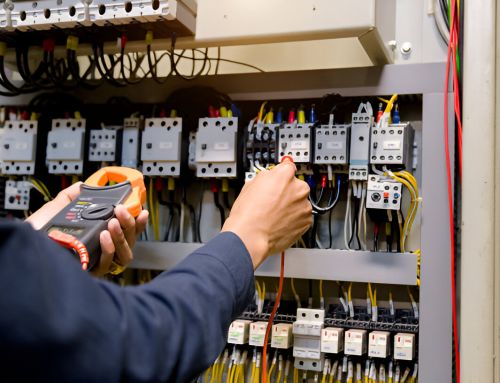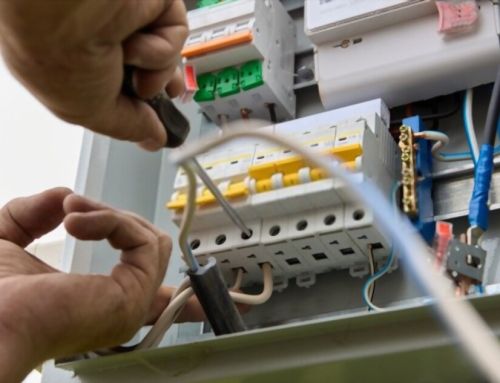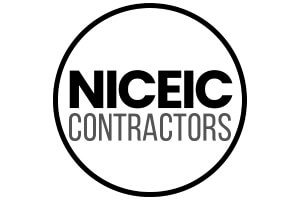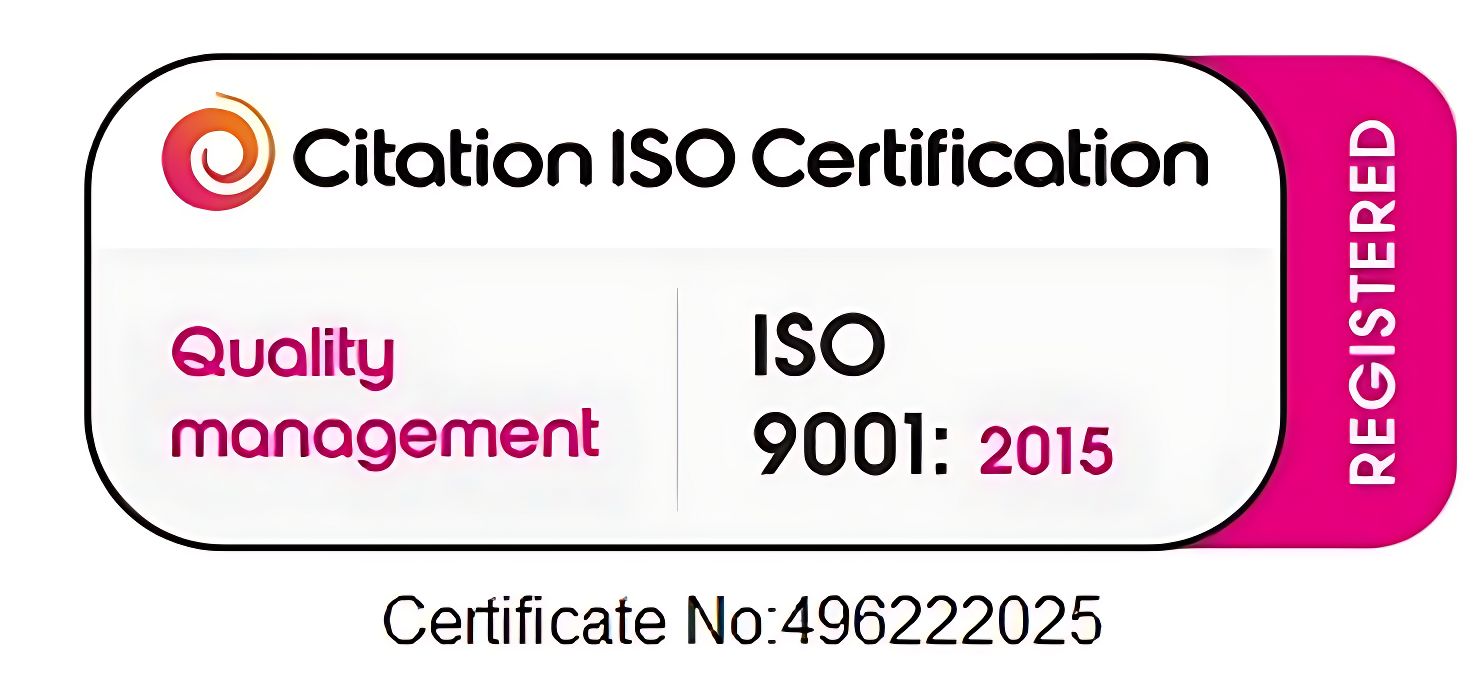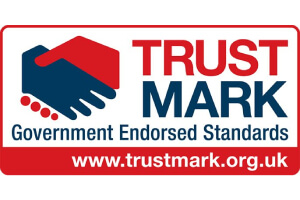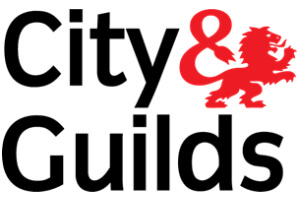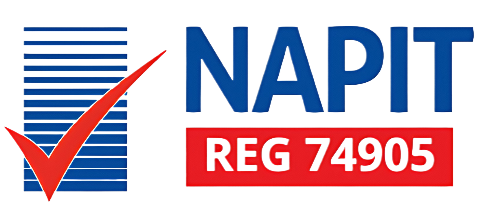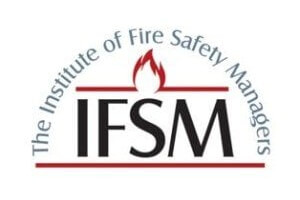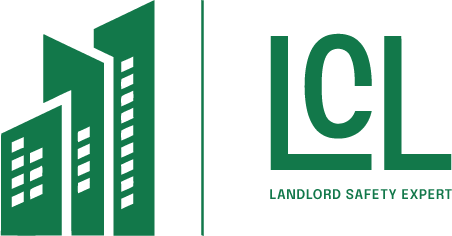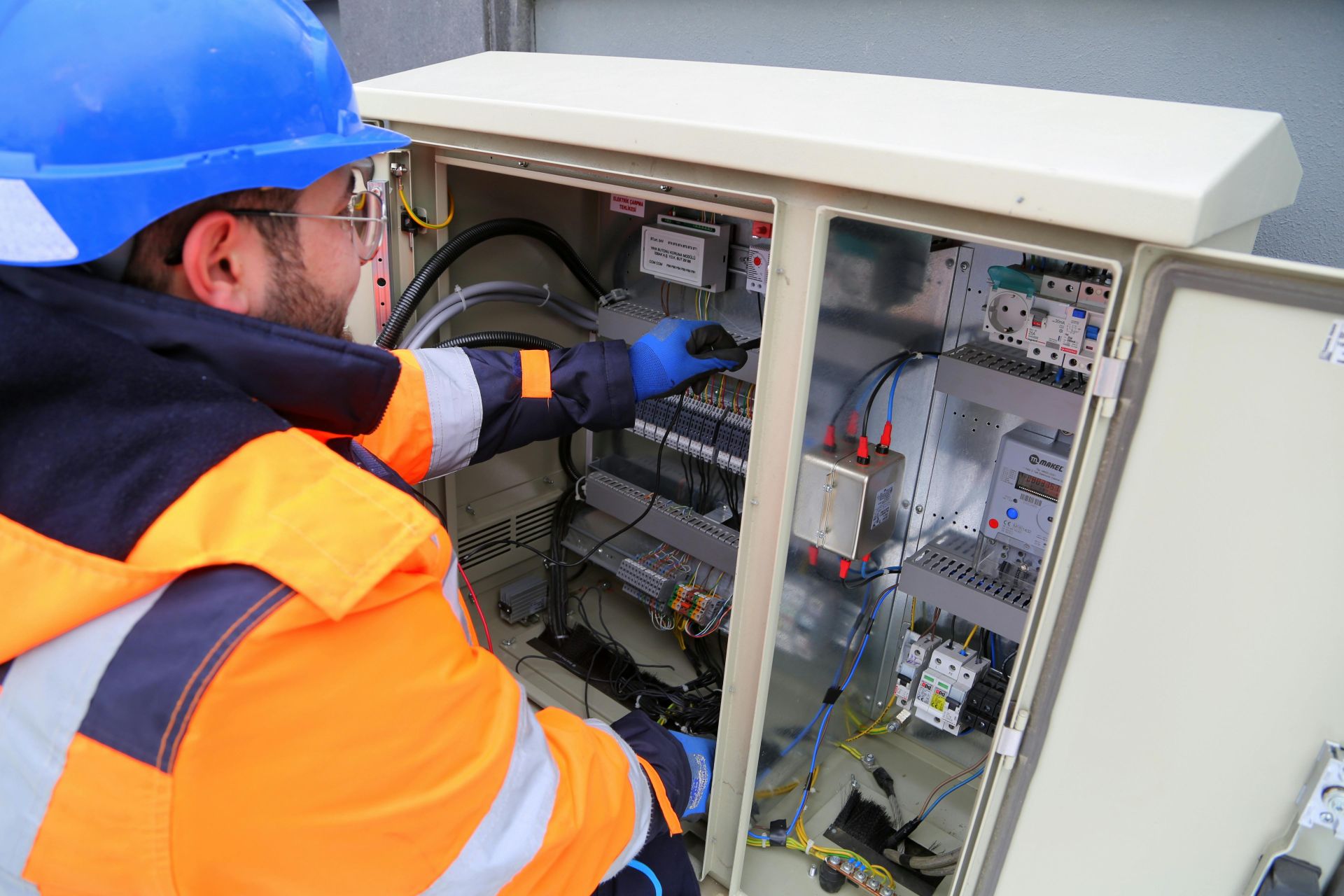
Ever thought electricity was a walk in the park? Well, think again. I’ve conducted numerous EICR inspections in London, and common issues such as circuit overloads and outdated systems are as rampant as pigeons in Trafalgar Square.
These aren’t just minor hitches; they’re serious safety concerns that could lead to devastating consequences. I’ll explore these common problems and the potential solutions in the following discussion.
Curious about what might be lurking in your commercial property’s electrical system? You’ll want to stick around for this.
Understanding EICR Faults and Solutions
Diving into the world of EICR faults and their solutions, it’s imperative to understand that circuit overloads, often leading to breaker trips and potential fires, can be effectively managed with circuit upgrades and load balancing. Identifying hazards like these is the first step in enhancing safety and preventing incidents.
Damaged wiring, whether due to age or pests, is another common fault. Here, the best solution is immediate replacement by a qualified electrician. This not only minimizes risks but also ensures compliance with safety standards.
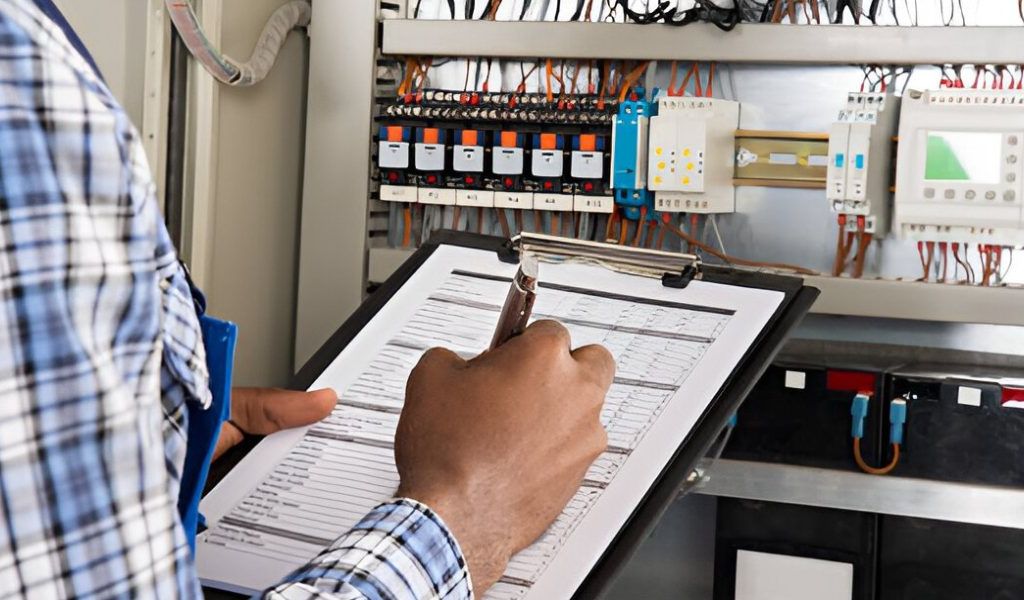
Another critical aspect to consider is the absence of a Residual Current Device (RCD). This increases the risk of shocks and electrocutions. Ensuring that your electrical system has RCD protection is therefore vital.
Outdated electrical systems are another significant hazard, due to their lack of modern safety features. Upgrading these systems is a reliable solution that enhances safety while improving performance.
Achieving Positive EICR Inspection Results
To achieve positive results in your EICR inspection, it’s essential to adopt a proactive approach towards electrical safety and maintenance. This begins with preparing your premises adequately. Regular preventive measures such as safety checks and necessary upgrades are key to maintaining up-to-date installations.
Compliance measures aren’t just a bureaucratic requirement but a tool for enhancing safety. By adhering to safety standards, you’re shielding your property from potential electrical hazards. Hence, you need to adopt an ongoing risk assessment process, ensuring that faults are identified and rectified promptly.
Don’t underestimate the power of routine checks. They can help identify potential issues before they become significant problems. Remember, a stitch in time saves nine.
Another important aspect is to engage competent personnel for your electrical works. A certified electrician familiar with the latest regulations is invaluable in ensuring your premises meet necessary standards.
Interpreting EICR Reports and Remediation
Understanding the intricacies of EICR reports and implementing effective remediation measures is a crucial step towards maintaining electrical safety in your property. When interpreting recommendations, it’s important to comprehend the specific language used in these reports. ‘C1’ implies an immediate danger, ‘C2’ denotes potential danger, while ‘C3’ suggests improvements.
The remediation process begins with identifying electrical hazards. This could mean faulty wiring, overloaded circuits, or lack of earthing. Once identified, these hazards need immediate attention to prevent potential accidents, ensuring safety measures are in place.
Hazard mitigation is then taken up, focusing on correcting the identified issues. This might involve rewiring, replacing outdated components, or installing safety devices such as RCDs. It’s essential to hire a certified professional for this task, as DIY attempts can often exacerbate the problems.
Commercial Vs. Domestic EICR Guidelines
Often, property owners aren’t fully aware that the EICR guidelines can vary significantly between commercial and domestic properties. This difference is largely due to the diverse property requirements in these two categories. Commercial properties, given their nature, often house more complex electrical systems than domestic buildings. Therefore, the commercial regulations for EICR inspections are more stringent, reflecting the increased potential risk.
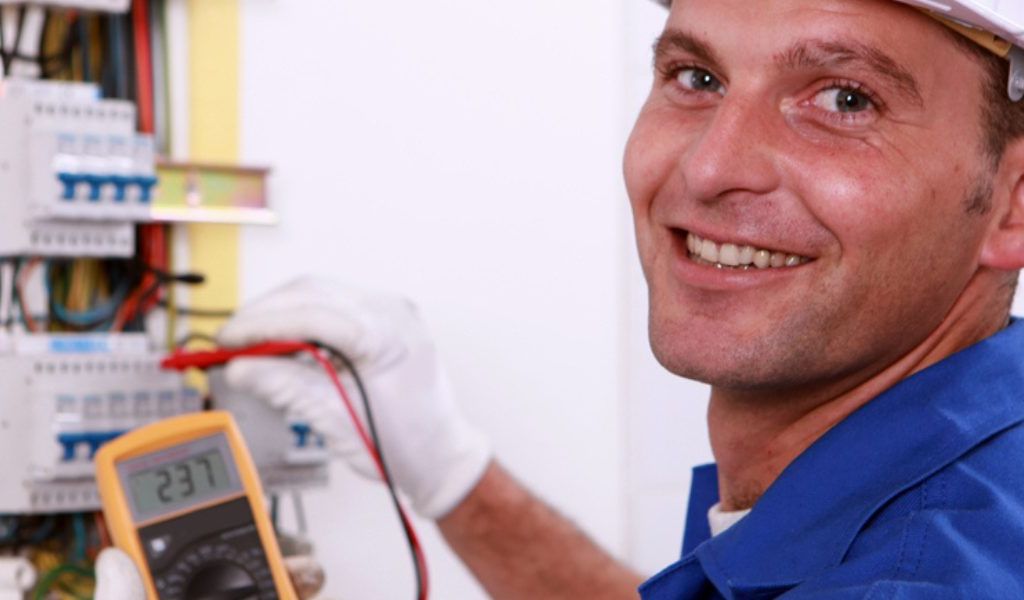
For commercial property owners, understanding these compliance differences is crucial. Commercial properties typically have higher electrical loads, larger systems, and more legal obligations. The safety standards are more rigorous due to the potential risk to a larger number of occupants and the public. Even minor electrical faults can have significant implications, not just from a safety perspective, but also in terms of legal and financial repercussions.
In contrast, domestic properties have less stringent guidelines, but safety should never be compromised. It’s worth noting, though, that the legal obligations for domestic properties aren’t as extensive as for commercial buildings. That said, the importance of meeting safety standards remains paramount. Understanding these differences can help property owners stay compliant and ensure the safety of their properties.
Importance of Regular Electrical Maintenance
Regular maintenance of electrical systems isn’t merely an optional task, but rather a critical necessity to ensure the safety and functionality of both commercial and domestic properties. Implementing preventive measures through regular inspections aids in the early detection of potential hazards and reduces the risk of electrical incidents.
In terms of electrical safety, routine examination of the system helps to ensure that all components are functioning correctly and safely. The maintenance benefits extend beyond safety, enhancing the overall efficiency and lifespan of the system.
Hazard prevention is integral to any maintenance programme. By identifying and rectifying electrical faults during regular inspections, you can prevent potential incidents like fires, electric shocks, and power outages.
Maintenance isn’t just about fixing things when they break. It’s about proactively managing the system to prevent issues from arising in the first place. This means regularly checking and replacing any ageing or worn-out components, ensuring installations meet the current electrical standards, and keeping an eye on the system’s overall performance.
The Role of Qualified Professionals in EICR
When it comes to EICR inspections, the role of qualified professionals can’t be overstated, as they’re equipped with the necessary skills and knowledge to conduct thorough examinations and ensure electrical safety. Specialists in this field use their electrical expertise to inspect and identify any potential issues that could compromise safety standards.
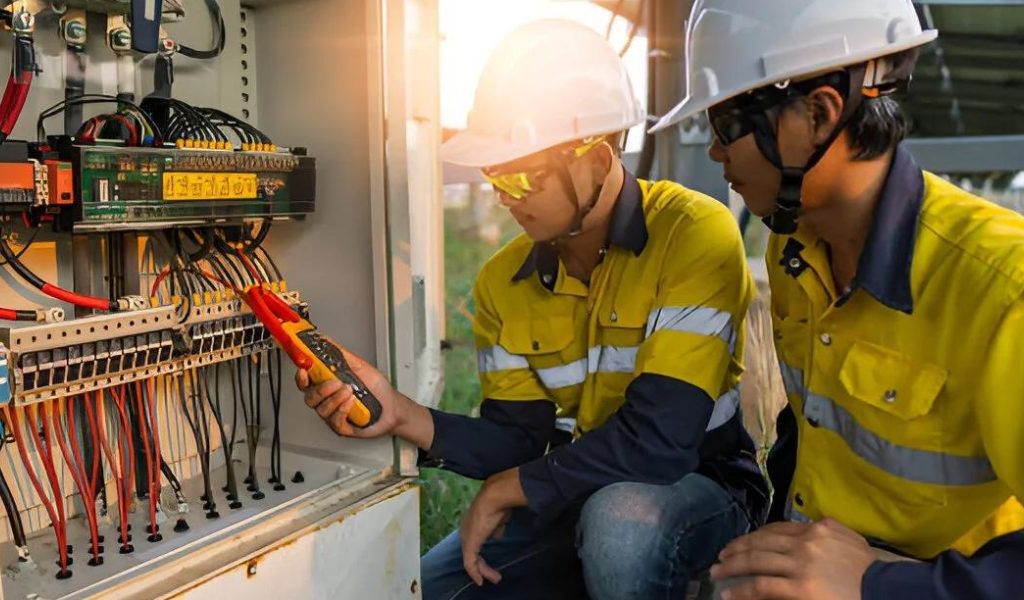
The role of specialists doesn’t end at identifying faults. They’re also responsible for making professional assessments on how to rectify those problems. They can provide detailed reports highlighting any non-compliance issues and offer practical solutions to ensure electrical systems meet the required safety standards.
Qualified professionals are crucial in ensuring compliance requirements are met. They’re updated with the latest regulations and standards, ensuring your property remains in line with the law. They not only guarantee electrical safety but also save you from potential legal complications.
Our Pricing
| Our Electrical Safety Certificate Prices |
|---|
| Studio Apartment £67.99 |
| 1 – 3 Bedroom £94.99 |
| 4 Bedroom £104.99 |
| 5 Bedroom £139.99 |
Check Out Our Other Services
About the Author: LandlordCertificate
Related Posts
Get Social
Recent Posts
- Fire Alarm Installation as a Foundation for Stronger Property Protection
- Properties That Must Hold a Valid Fire Safety Certificate
- How a Fire Risk Assessment Shapes Stronger Safety Decisions
- Why Every Property Requires a Valid Gas Safety Certificate
- EICR Testing and Property Safety Overview Guide for Building
